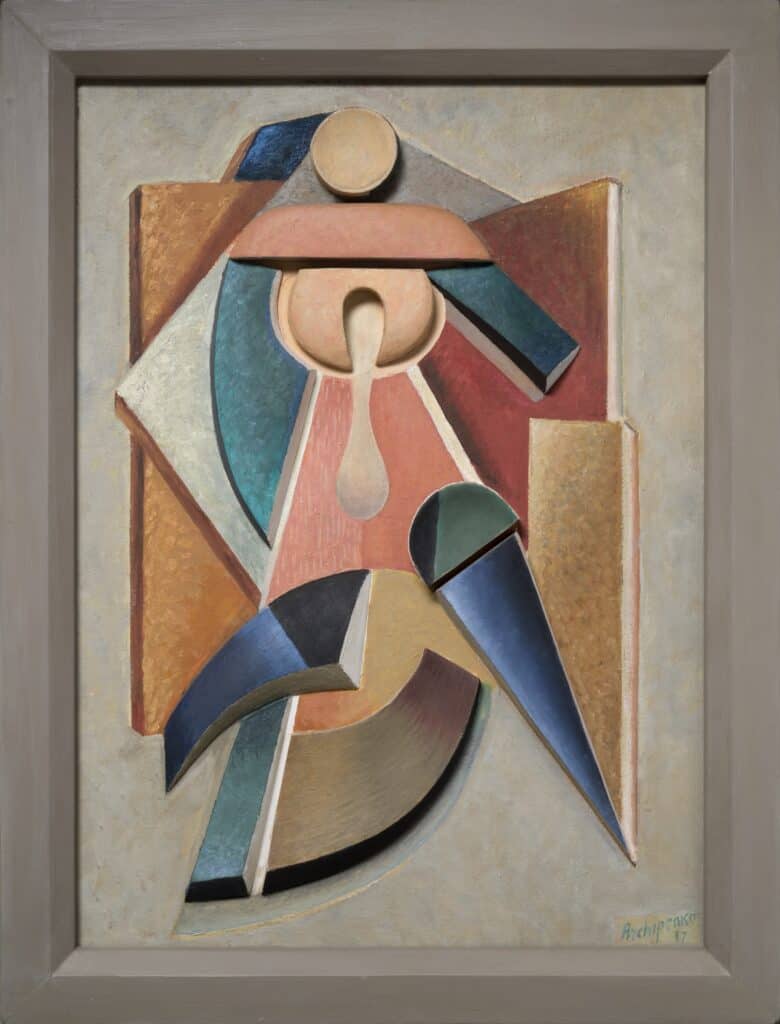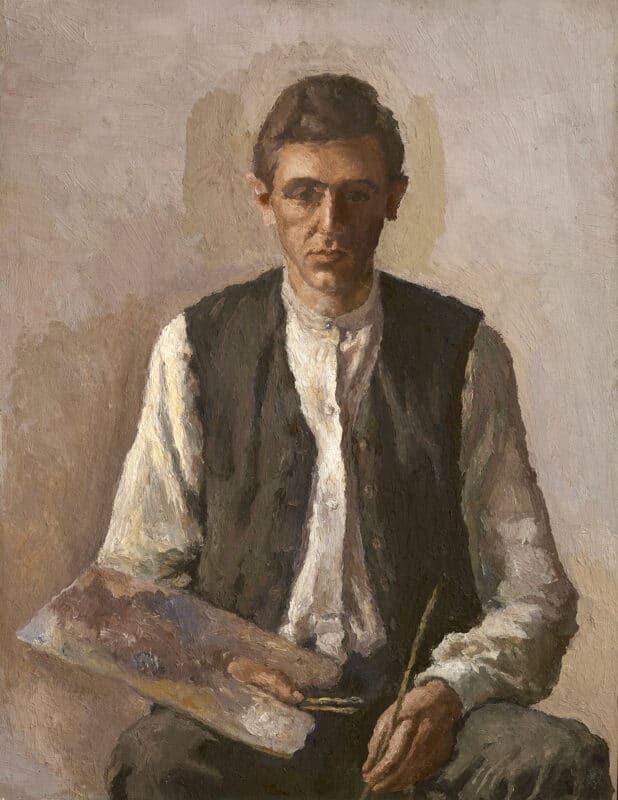
The Estorick Collection has opened an exhibition exploring the relationship between Ukrainian-born American artist Alexander Archipenko (1887- 1964) and the masters of Italian modern art. The show examines the role of Archipenko in the creation of a modernist Italian tradition, and the impact his work had on the development of Italian sculpture in the 20th century.

This ambitious exhibition aims to introduce the British public to an alternative history of modernism by retracing the many moments of exchange and confrontation between Archipenko, one of the twentieth century’s most influential sculptors, and leading figures from the Italian avant garde. Archipenko’s works will be shown alongside those of Carlo Carrà, Giorgio de Chirico, Amedeo Modigliani, Enrico Prampolini, Mino Rosso, Gino Severini, Mario Sironi, Thayaht (Ernesto Michahelles) and Ardengo Soffici.

Born in Kyiv, Ukraine, Archipenko spent time in Moscow before settling in Paris in 1909. Finding the work of Rodin inelegant and outdated, he developed an emphatically modern interpretation of sculpture under the influence of Cubist imagery. Between 1911 and 1912 he created a number of truly original works in which human figures were broken down into sections that seemed to move in circles and spirals upon themselves. These works immediately caught the eye of the Futurists, including Umberto Boccioni, who would refer to Archipenko repeatedly in his writings on sculpture. Equally influential was his investigation of negative space in sculptural form and his construction of artworks incorporating brightly painted elements in high relief (the so-called ‘sculpto-paintings’). After the First World War, Archipenko’s work became a formal reference point for the new generation of Futurists working in Italy. Among these were Mino Rosso and Thayaht, who adopted Archipenko’s fluid, streamlined forms in their own sculptures and ‘aerosculptures’ of the 1930s. Pioneering the ‘biomorphic’ approach adopted by many figures belonging to Marinetti’s movement during the inter-war years, Archipenko’s example suggested to young Italian artists how they might keep the avant-garde flame alight in the face of the prevailing ‘Return to Order’, which emphasised more traditional artistic values.

Archipenko’s work also informed Italian Pittura metafisica (Metaphysical painting), his mannequin-like figures having caught the attention of artists such as de Chirico and Carrà. The exhibition is curated by Maria Elena Versari, Visiting Assistant Professor of Art History and Theory at Carnegie Mellon University, with the support of The Alexander Archipenko Foundation, New York.
Archipenko and the Italian Avant Garde, Estorick Collection of Modern Italian Art, London, N1 4th May – 4th September 2022 estorickcollection.com
Find out more about the life and work of Archipenko here







